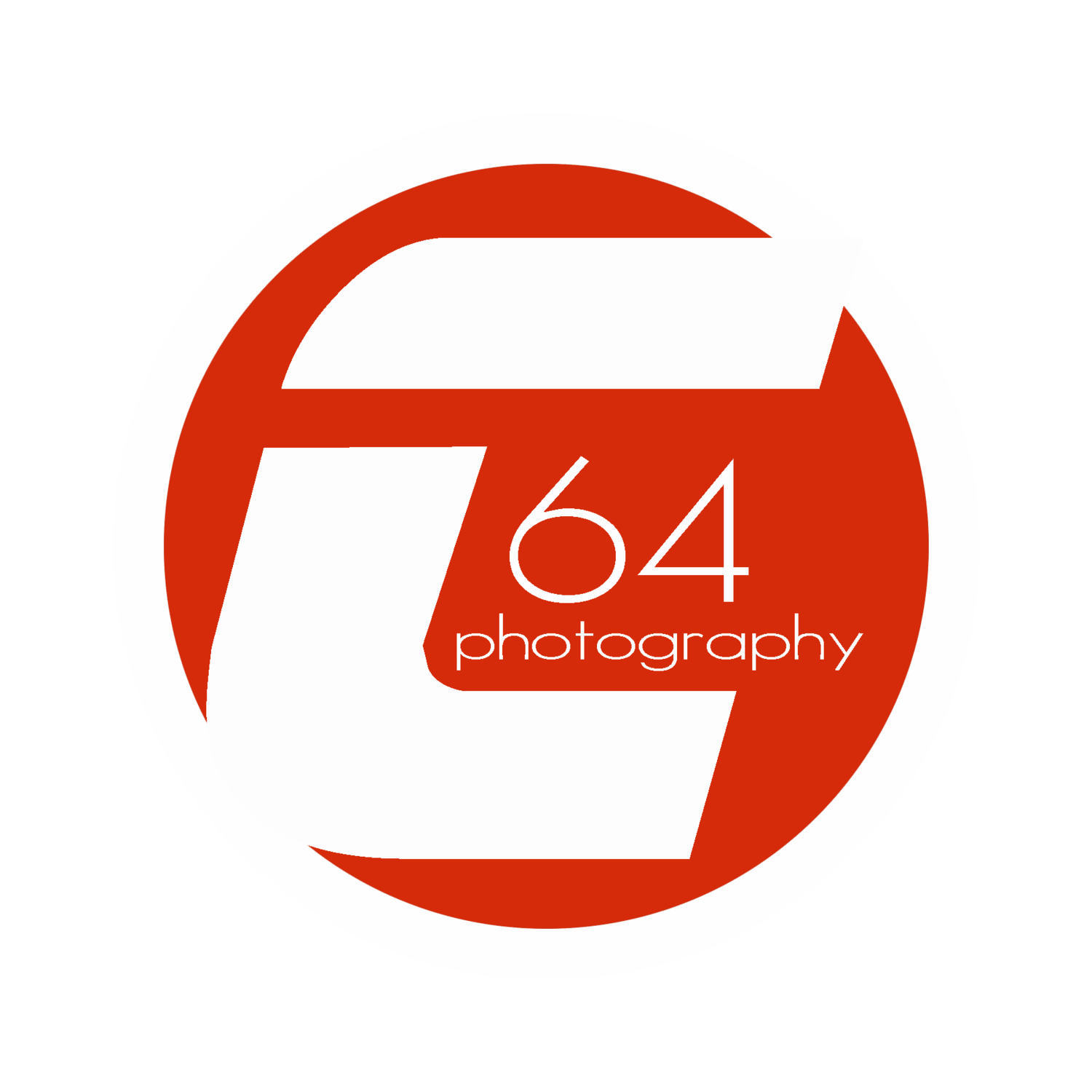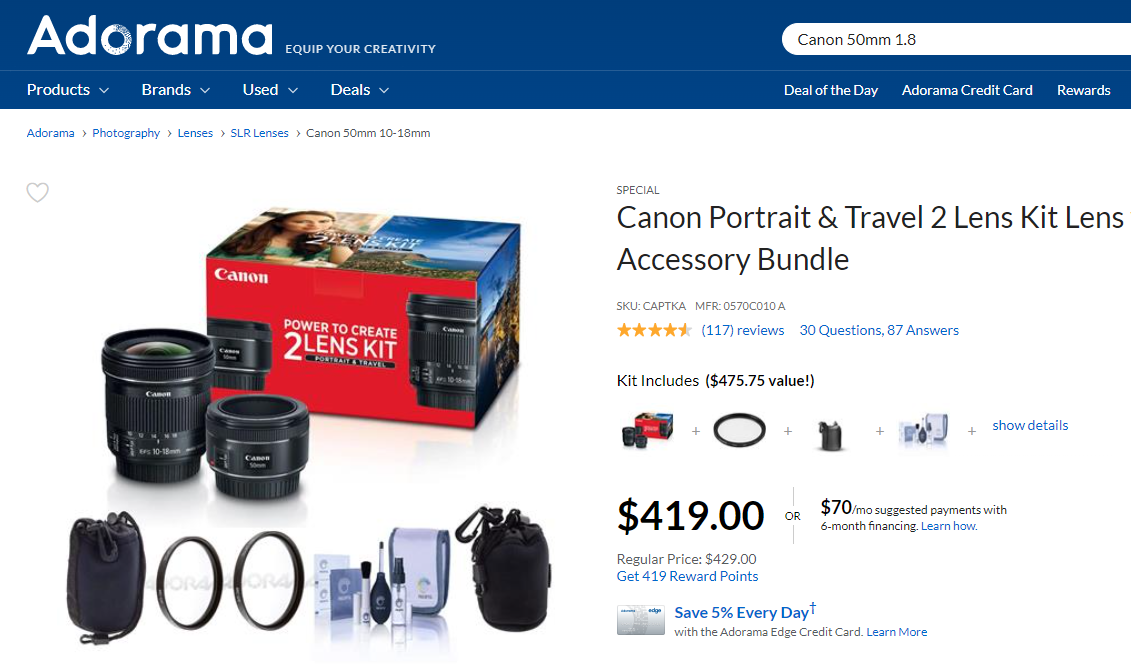How lens selection can really help your photography
Camera64 is reader-supported. When you buy through links on our site, we may earn an affiliate commission with no additional cost to you the reader. Thanks for your support.
When we all start photography we seem to go down the same path in the beginning. We usually start by buying a kit from one of the popular brands out there from our local big box store. It will usually come with a lens or two, a battery, and maybe a bag that has the company name proudly displayed on the front, to let everyone know you mean business and your photos are important to you. Well even though this is a great start it is also a great investment for a lot of people, I should know after all. I took my income tax one year and purchased my first camera and my wife was ready to boot me out of the house for doing it. Little did I know what I was getting myself into in the beginning.
So, let’s talk a little about those lenses you just bought with your new camera. Len's design is very simulator across the board when it comes to lenses. You have a mount, you may or may not have a zoom, the aperture within the lens controls the amount of light traveling thru the lens and you have the front element which directs the light into the lens. Our lenses are like a water hose. Depending on what kind of hose you are using, will determine how much water you can move. It’s comparing a garden hose to a firefighter’s hose. Which would you prefer to use to put out a fire at your house. Lens move light and some lenses can move a lot more of it. That is where we hear the term fast glass. A lens that can move a lot of light. Kit lens do not. move a lot of light fast.
There are a lot of advantages to using fast glass and the biggest is the fact that they render images with lots of bokeh which is a fancy way of saying out of focus or soft background areas. This is hard to substitute with a kit lens in most situations. Cell phones have gotten a lot better with faking it in post software editing and some companies now offer it in their editing software as well. Although the software has come a long way it is a long way from being perfect either. Aside from that, there is nothing like getting it right from the beginning without any extra steps needed. The other advantage is the fact that you can shoot in very low light situations with ease, which you can’t with kit lens without the help of a flash or two. That is not a bad thing, but again it is an extra step you need to do in order for you to get good images in low light.
One of the downsides to fast glass is the expense. Good fast glass is expensive these days and even more so with digital cameras. I myself am a Canon shooter and an RF 50mm f1.2 lens will set me back $2499.99 plus tax, pair that with a Canon R6 and you have a Camera that is north of $5,000 dollars and you still have no flash or accessories. This is something you will have to consider when trying to put together a kit that will serve you well for years to come. So, my advice is to save, save, and save some more. Learn to use what lens you have before you decide to upgrade. A good lens will not make you a better photographer but it will speed up the entire process. You may end up sticking to your kit lens in the end.


